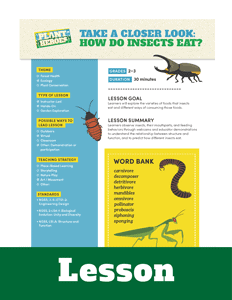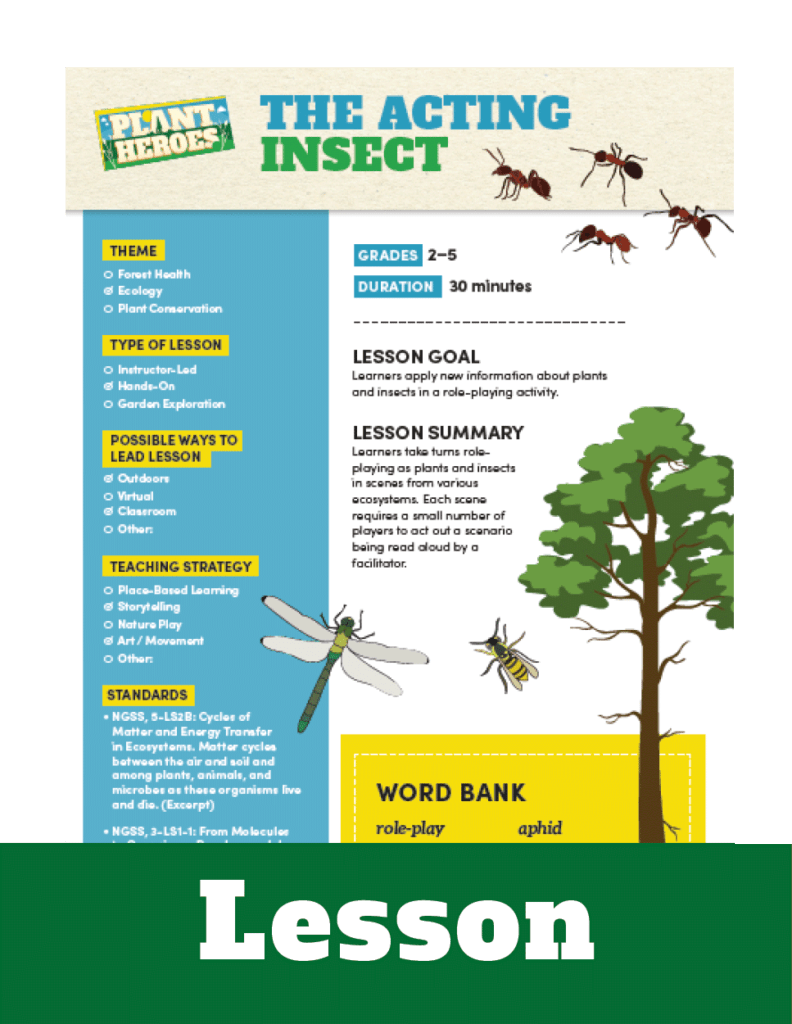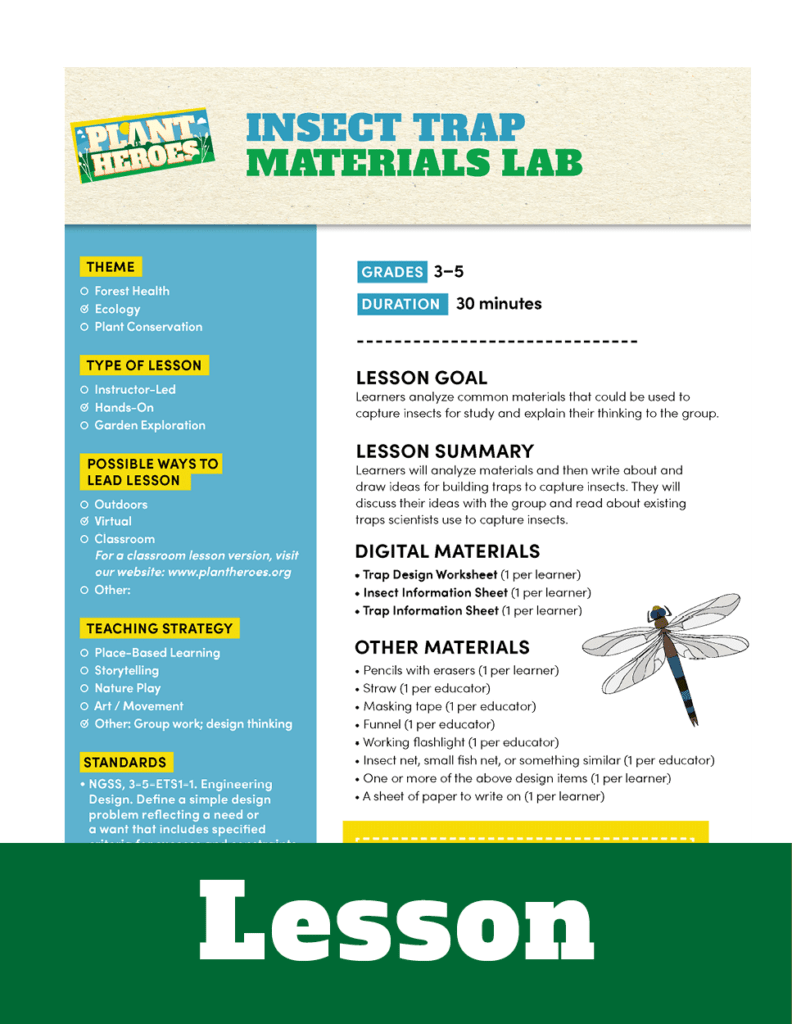Oh, the magnificent world of insects! No matter how small they are, these tiny creatures that crawl and fly have a mighty big role in the health of our ecosystem. They pollinate the flowers that produce much of the world’s food, and they consume decaying matter while cleaning up the environment and recycling nutrients. Some of them serve as natural predators of pests that damage forests and crops, and they’re an important food source for animals and even some plants.
With roughly one million species identified by scientists (and millions more that have yet to be discovered), insects are the most diverse species on Earth, and the most numerous! Because they’re so prevalent and can be found in every environment, these colorful, often patterned creatures can easily be observed and serve as a fascinating window for children into our wondrous natural world.
This month, we’re featuring several of our insect-themed educational resources to introduce curious, young minds to the world of insects and their valuable role on our planet.
How Do Insects Eat?
While all insects use their mouths to eat, different insects have different mouthparts and feeding behaviors. For example, beetles use mandibles to chew, aphids use a proboscis to pierce and suck up nutrients, and flies use a sponge-like mouthpart to absorb food.
This lesson designed for children in grades 2–3 introduces young learners to the different ways insects eat based on their specialized mouth parts. Children will be able to distinguish the differences between insects’ eating behaviors, and predict what and how they eat, based on their structures.
Video Break
Insect Trap Materials Lab
Scientists often catch insects in order to study them. The kinds of traps scientists use to catch insects differ based on the different ways they move. For example, a trap for a flying insect is designed differently than a trap for a crawling insect. Students will learn about the materials scientists use to design a variety of traps.
This hands-on activity for students in grades 3–5, engages young learners’ creativity, critical thinking, and problem-solving skills to collaboratively design and build a trap for their target insect.
A Deeper Dive into the World of Insects
For older children and those who want to learn more about insects, Plant Heroes has a wealth of field guides, comics, and activity books that focus on specific insects, their life cycles, and the impacts some species can have on plants and forests when their populations become too large.
Visit our Educators Resources page, and select from the list of individual insects under the Organisms filter on the left-hand side. For example, select “emerald ash borer” to access our field guide that teaches children how to identify this insect, the host trees it feeds on, and how it impacts those trees. Or our comic, starring Plant Hero, Aponi, as she discovers a wasp that helps control the spread of the emerald ash borer. And for interactive education children can do on their own, check out our activity books.
Written by: Jennifer Junghans


